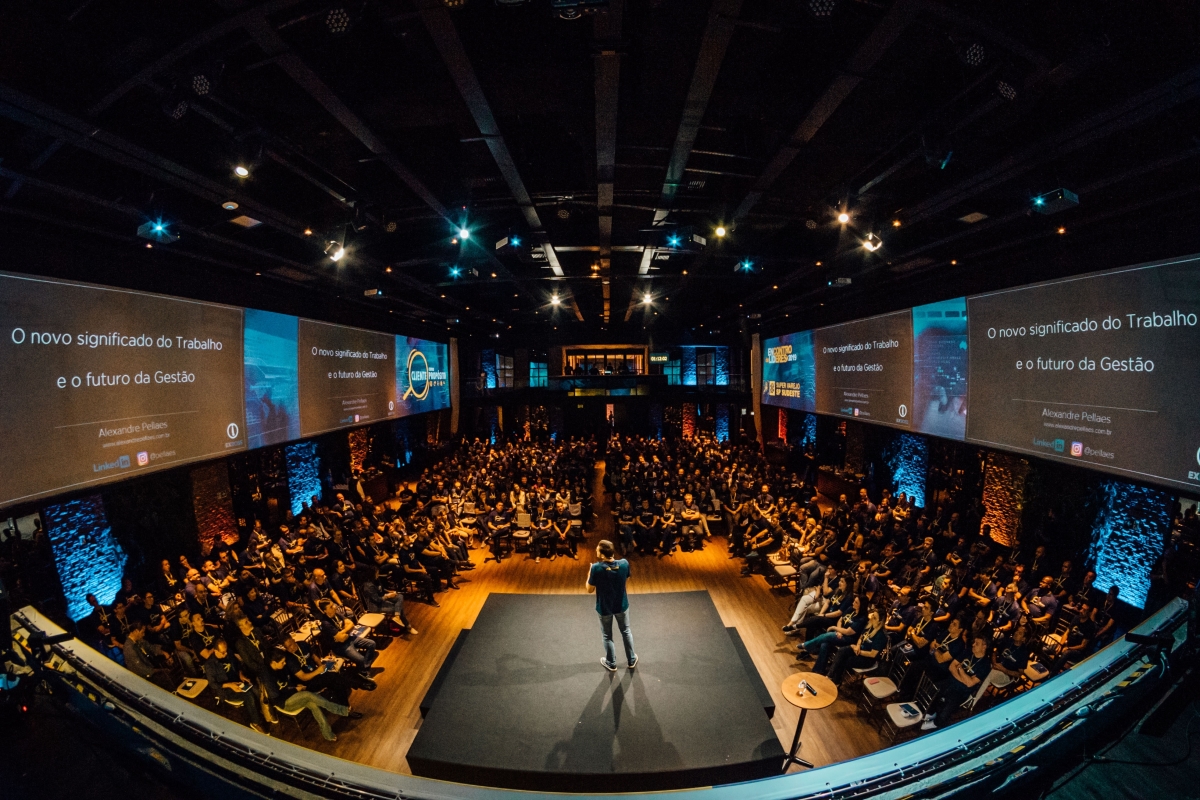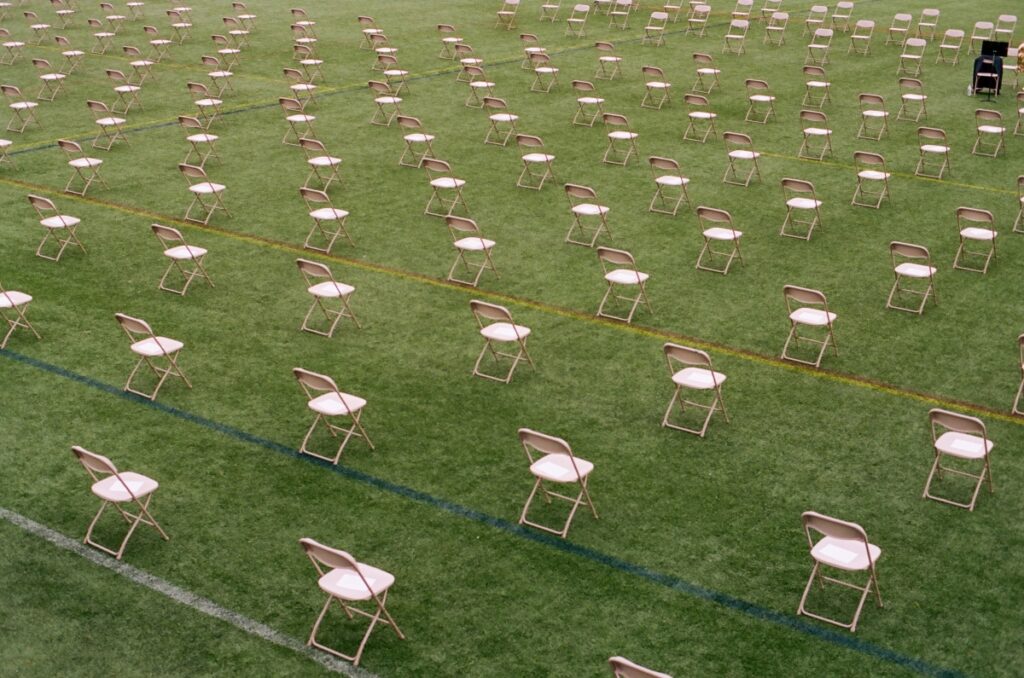 Setting up a conference room is often an afterthought in event planners’ minds. They have many other things to consider, so it makes sense that they might forget something that seems so unimportant.
Setting up a conference room is often an afterthought in event planners’ minds. They have many other things to consider, so it makes sense that they might forget something that seems so unimportant.
However, the layout of a meeting room is crucial. Seating arrangements can directly impact the way everyone in the room communicates with each other. It can also alter the ways that the attendees’ interact with one another.
A basic way to start brainstorming a good setup is to consider your event’s primary purpose. If you have a few key presenters, you’ll need a layout conducive to presentations.
Consider the dimensions of the venue’s space. Although that might sound like common sense, it can often be overlooked in the early planning stage. It’s essential to keep the venue space in mind to create a layout that fits the venue provided.
Also, you’ll need to consider necessities such as furniture, food, and decorations. If you’re holding a buffet-style dinner, you probably won’t want the food to be too close to a stage or dance floor.
Keep your event objectives in mind when setting up the layout. Each layout impacts your event differently and will have to be formed based on your conference’s specific needs. Any interactive, immersive content will also affect the layout.
Before you start to plan out your event, you should take a headcount to estimate how many people will attend your event. This number could change catering plans or how many seats and tables are required. It could even affect the venue size.
When you have a headcount, you should start thinking about the security and accessibility features your event will need. The estimated number can also help you figure out how many people you’ll need to staff the event.
You might only need people to direct the attendees around the event or run a check-in. As for accessibility, you might need to provide wheelchair access or clear out areas that lead to emergency exits.
Something that can be incredibly helpful for planning your conference room is 3D diagramming. If you use diagramming software, you can design your layouts better and organize various arrangements and to get a better idea of what you need to do to put on the event.
If you need ideas for layouts, we can help. There are many different ways to organize a room, and some layouts are better for some things than others.
This layout involves many rows of chairs facing one direction, usually a stage, and no attendees have tables. There’s usually an aisle that runs from the back of the room to the front, allowing attendees to get to their seats.
Theater layouts are great for events with a primary focus, where most of the action occurs at the very front of the room. Usually, you can seat more people with this layout than you can with most others, and there’s a clear distinction between speakers and guests.
However, there are a few drawbacks. This type of layout isn’t helpful for dialogue between the speakers and the audience. It’s useful for one-way communication, so feedback is harder. There’s also very little ability to move around in the space, so it’s harder for guests to move around the venue.
These two layouts are similar in shape, but usually, semi-circle layouts don’t have tables, and u-shaped ones do. If you decide not to have tables, but you need some room, semi-circles are a useful layout.
Both layouts are usually good for groups of around 10-40 people, with audience participation highlighted but not required. The attendees can see each other and communicate much easier than they can in theater-style layouts.
Every guest in attendance has a good view of the front of the room, which is good for a speaker. If there’s a presenter, it’s easier for them to walk around the space and engage with attendees. It’s also much easier for everyone to talk to each other.
As for negatives, a lot of venue space gets lost in the center of the shape, which changes how many people can be inside the conference room at one time. It may also be more challenging for those on the side to look at a presentation or other visuals.
Pod seating is an excellent option if you’re looking to encourage group discussions and have a moderator. It’s also helpful during seminar sessions, and they can give your audience individual time with presenters. Pods generally feel more relaxed and more closed off than clusters or groups, sometimes including couches or booths.
Clusters and groups are similar to pods, and both of them give opportunities for guests to talk to each other. Clusters generally have higher, round tables without chairs that encourage movement, and groups have lower tables and chairs and are useful for longer discussions.
You’ll want to arrange tables and chairs in a way that allows for people to move around, and you can use similar layouts regardless of the actual style you choose. For groups and pods, organize small groups of chairs around rectangular or round tables, and make sure there’s enough room between them in case someone needs to move around.
These layouts make it easier for people to listen to presentations and work together in smaller teams. If you have a lead presenter, you can arrange tables in a way that makes it so that attendees face the presenter at the front of the room. Various table sizes can further customize the layout and affect how many people are in individual groups.
There are a few drawbacks, though. If you set seats up on every side of each table, it’s more difficult for guests to face the front of the room. You also may not be using the floor space efficiently, so there will be fewer attendees because of the tables.

There are many things to keep in mind when you’re planning and setting up a conference room. Although we gave a few starting points for layouts, you can customize them more specifically to suit your needs.
To help you organize the space a software will improve your set-up and planning so much and make it much easier for managing!